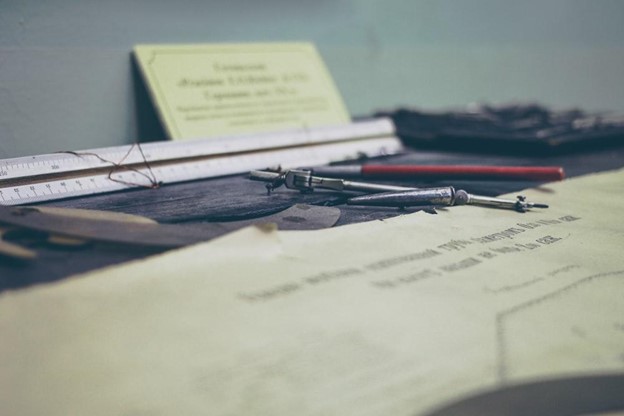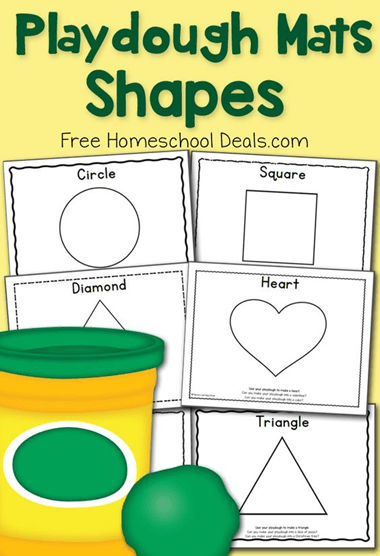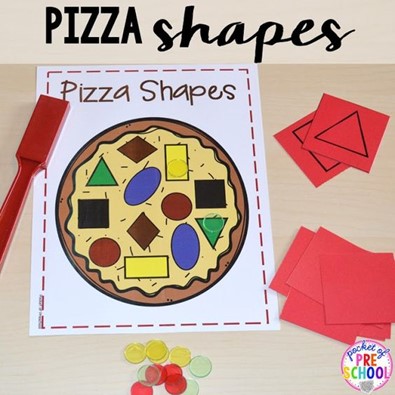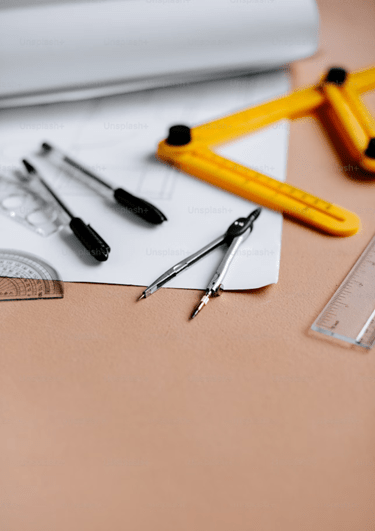Exploring Geometry through Games: DIY Projects for Young Students
Geometry is an essential math concept that comprises how to measure shapes, patterns, angles, lines, and points; it also covers how they relate. And because students of all ages interact with shapes and forms throughout the day, understanding their correlation through math will improve their ability to interact with the world around them.
The ideal way to make this process easy is by gamifying it. While the points lines planes worksheets, like other resources, can help your kids learn, games also come in handy. This article covers top game ideas you can explore to simplify your kids’ geometry study.
Why Geometry is Essential for Kids
The significance of geometry goes beyond the classroom. Below are some importance of understanding this math concept.
Identifying shapes
As a child learns about shapes, they can distinguish between similar objects. For instance, your child can tell how many sides of makeup objects they see around— books, boxes, etc.
Learning shapes will help children tell what distinguishes one object from another and how they are similar. In the long run, kids will excel at learning since geometry will boost their ability to identify differences, focus on details, and organize things.
Problem-solving and spatial reasoning
If you are familiar with math games, you will know how crucial it is in enhancing kids’ reasoning and problem-solving skills. Shape puzzles and other geometric puzzle activities are essential in boosting kids’ spatial reasoning regardless of their age or grade because they entail removing and inserting shapes.
Like other STEM courses, your kid’s understanding of geometry will enhance their spatial reasoning, critical thinking, emotional intelligence, and problem-solving abilities will be improved as they play with different shapes.
Classification
An early core skill that lays the foundation for more complex mathematical concepts is object classification. You can introduce games to simplify the learning of shapes, patterns, and other geometry components for your preschoolers.
For example, students will learn to divide numbers into sets and subsets, such as even and odd numbers, numbers more significant than 10, and even numbers that contain a 2. The ability to sort things by shape or color and size gives children an edge when understanding classification.

Numbers and Patterns
You can use geometry as an excellent tool to teach your kids to count since you can identify each shape by the number of its sides. As your kids understand shapes and other components, they may create patterns with toys, magnetic tiles, or blocks.
Patterns are crucial in making sense of the environment; therefore, it is vital for children. The ability to recognize patterns can help kids understand the inner workings of a system.
The familiarity and comfort that children get from their daily routines are closely tied to patterns. An example of a pattern would be a morning ritual that never changes: after bathing and brushing the teeth, dress and gather at the dining table for breakfast before going to school; the ritual continues the following morning. The kid will already know the routine for each morning.

Exploring geometry through games
Games are helpful ways of understanding the concepts of geometry. Below are some valuable games you can try.
Shape Scavenger Hunt
Good weather, a marker, and a sheet of shapes are all you need to play the shape scavenger game with your kid. When it rains, you and your little one can stroll around the block or stay inside and play shape hunt.
As curious shape detectives, you and your kids will snoop around the house, keeping track of the number of times each shape appears on your “cheat sheet” of shapes. Being a supportive guide can be helpful if this is your child’s first attempt at recognizing shapes.
You can show your kids how shapes appear in everyday objects like mirrors and pizza slices, which can be rectangles or circles.
Observing what you and your kids find will help them understand shape. Over time, they will start noticing the shapes in their environment. Also, you will become aware of the shapes your child recognizes and those that require additional guidance.

Play Dough Tracing
You need sheets of paper, a marker, and a multicolored play dough to try this game with your kid. You can have different sheets for each shape; for instance, a sheet for squares and another for circles. Also, you can begin with just one shape or add more as you like.
To start with, lay out a single shape, such as a square. On a single sheet of paper, draw multiple squares of varying sizes. Use thick, striking lines for your child to discern each shape’s edges quickly.
Your kids will then “fill” the squares with various colors of play dough. One way to differentiate the squares is by size, which can be easily seen using different colors.
If your kid is already good with shapes, and you want to further their knowledge, try drawing multiple shapes on a single sheet of paper. You can also use rectangles, ovals, semicircles, and pentagons for more advanced students. Now, your kids can fill in the shapes accordingly.
Shape Stamp Paintings
You need sponges, sheets of paper, and watered-down paint to do the shape painting activity. Start by cutting the sponges into varying identifiable shapes.
Mix basic shapes with complex ones, especially those with countable sides. Your kids can get messy with the paint and sponges. They will stamp out various shapes in various colors using their sponges.
After everything has dried, you can have them count the times they used each color, how many times they stamped each shape, etc. To help younger children understand, you can do it with them.

Shape Pizza
All you need to do the shape pizza game is white, brown, yellow, green, and red construction paper, scissors, and a die. You will make a pizza with your kid using the necessary ingredients for this activity.
The ingredients that each of your shapes represents will be customized to suit your child’s tastes. Create a menu using the shapes and their components. Afterward, ask your kids how many of each topping they want on their pizza by having them roll the die.
This activity will help your youngster learn to count by showing them how to roll a die. While placing and checking your order, referring to the shape names is helpful.
Order a pizza with multiple toppings and have your child roll the die once for each topping to determine how many you get. This makes the activity more challenging and suitable for older children.
You can remove the shapes from the paper and use them for another pizza or glue them to the paper to preserve them for a memory.
Conclusion
Math games have always helped make math concepts easy to understand. Since geometry is an important concept that your kids will encounter daily, simplifying it is critical. You can use the math game ideas in this article to ease your kids’ learning. DIY projects also spark creativity, student engagement, and encourage learning through play.





